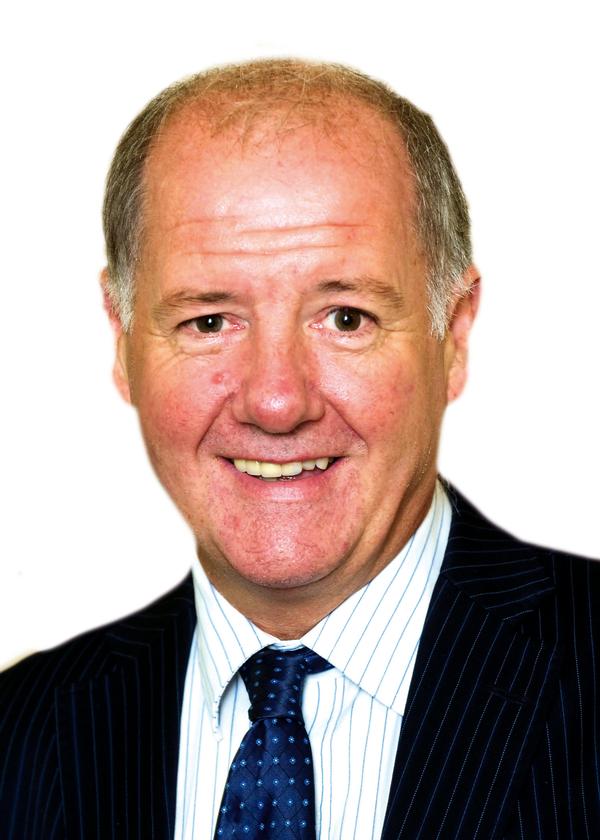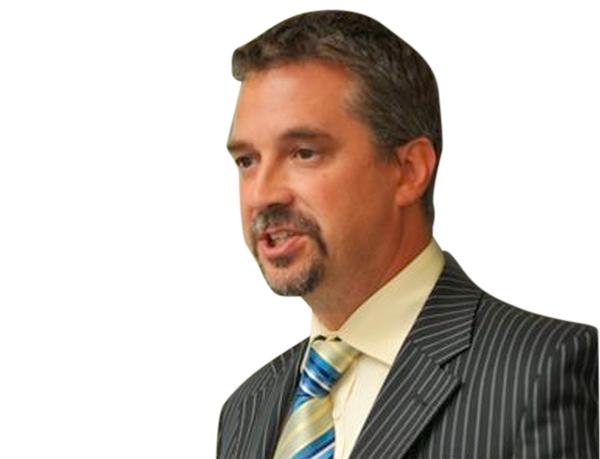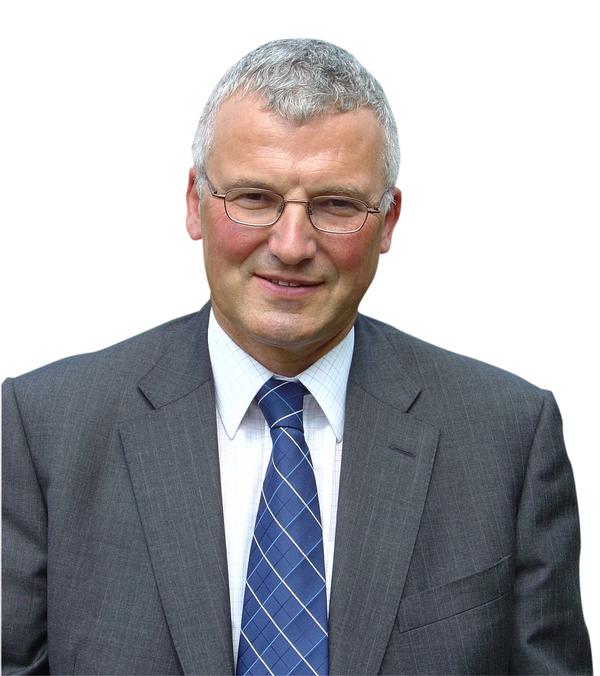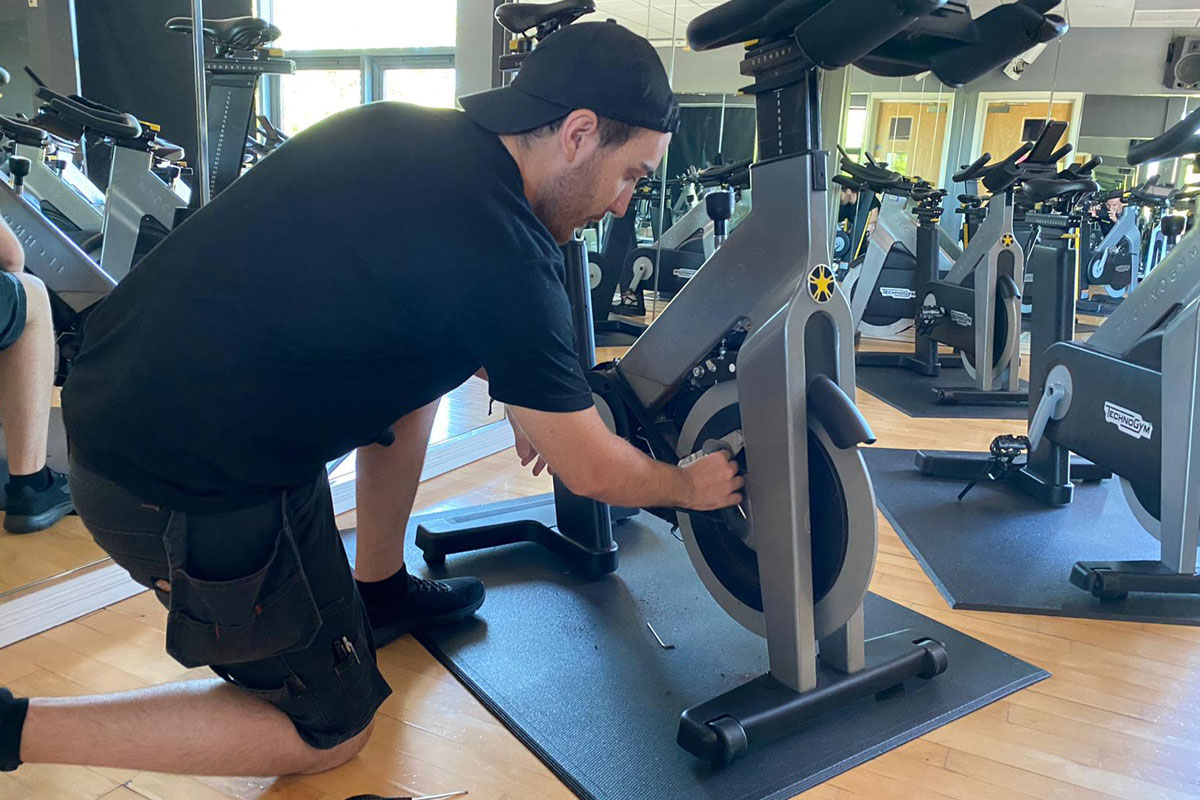Surviving the cuts in funding for sport
How is the sector bearing up? Is it all doom and gloom, or might some positives come out of the budget slashing? Kath Hudson asks four industry experts
Last year was an extremely tough year for local authority leisure, with the speed and severity of the cuts being unprecedented. The Chief Leisure Officers Association’s (CLOA) impact survey in 2011 indicated that one third of authorities were planning savings of 30 per cent across culture and sport services over two financial years.
Sports development and leisure facility operations are bearing the brunt. At a time when there is an increased awareness of the need to address health inequalities, the less efficient off-peak hours are being squeezed and funding pulled on many initiatives aimed at reaching special populations.
Services are being rationalised, hours reduced and facilities closed, or handed over to the community to run. Staff have been made redundant and posts left unfilled when people have left.
The immediate future doesn’t look heartening either: more cuts will be implemented this year and public spending is set to be reduced by a further 0.9 per cent in real terms in 2015/16 and 2016/17.
However, looking for the silver lining, adversity does breed creativity, and some local authorities and trusts are pro-actively seeking partnerships, acting collaboratively and looking for ways to tap into healthcare funding when it is reformed. Although there will be many casualties of the cuts, hopefully there will be a few phoenixes rising from the ashes too.
Craig McAteer,
Managing Director,
Rochdale Boroughwide Cultural Trust

It’s been a difficult time, however income and growth are up. We’ve invested in three new sports centres which are returning healthy profits and are being used to prop up other services.
When Link4Life took over as a leisure trust in 2007, the local authority had 800 members and direct debits of £250,000 a year. This has been raised to 12,000 members and £3m direct debits a year, as we have attracted users from private sector facilities.
We’re having to be creative: we’ve announced a collaboration with Oldham Leisure Trust so we can share knowledge and have extra weight to apply for funding together as the health budget changes. As a trust, we are also looking at other services which we could run, for example the youth service and adult social care as we could deliver cost savings by spreading overheads.
My main concern with the cuts is that for a short-term fix we are storing up long-term problems and in two years we will unravel all the many years of good work. Shiny new sports centres don’t address all health inequalities and it’s those pathways that are having to be shut down.
Richard Hunt,
chair ,
CLOA

Creating a joined-up approach for community sport in the current climate is essential. Shared approaches will be critical to maintaining a local sporting infrastructure and many authorities are already illustrating this, through asset transfer to community sports clubs, joint facility sports hubs and a focus on enhancing sustainable community use of school sports facilities. Sport England’s strategy to create a sporting habit for life will only succeed in driving up participation if it is part of a whole system approach, led locally.
There are two strands to joining up from a local authority perspective: across the community sports sector itself, and for the council to share broader agendas with partners in public health, crime reduction partnerships, children’s services and adult care commissioners.
However, the sector does have some windows of opportunity. The transition of public health responsibilities to local government and health reforms present the opportunity to significantly raise the profile of and investment in sport and physical activity. Local leadership will mean working collectively with key sector players in our sport and physical activity networks to make this case.
Richard Millard,
Client Relations and Sports Development Director,
DC Leisure

Although difficult, it’s not all doom and gloom: income and usage is holding up quite well. However, there is definitely the need to get creative.
We’re looking at both pricing and programming with our local authority clients. Some are looking to outsource sports development, so we are looking at ways of taking that on, which is a natural progression for us. With public health reform, there is also the opportunity to attract external funding from the PCT sector.
We’ve looked hard at all our costs: we have a carbon reduction team and the outcome of this is that we avoid energy and waste, but also save money. Other examples are that we are using email more than letters and reducing the need to travel through conference calls.
The usage part of our centres has held up, despite the tough times, but we have noticed people are becoming more price sensitive. One of our policies has been to look after our existing customers even more than ever and all management staff have had to be closer to their business.
I’m still optimistic: I hope it will encourage local authorities to embrace different delivery options, better define their needs and be brave at seeking alternatives.
Lee Mason,
Executive Director,
County Sports Partnership Network (CSPN)

As a network of independent enterprises working with sports providers to deliver national programmes, such as School Games and Sportivate, we are seeing the impact of financial cuts.
National funding partners and local commissioners are having to make every penny count – leading to an increase in the level of scrutiny of frontline deliverers and demands for value for money. Meanwhile, our delivery partners are being squeezed, with cuts in school sport and local authority sports development, while commercial and voluntary sector providers are struggling to maintain income levels.
As a network we are responding to these challenges by finding new ways to deliver more for less, through innovative approaches, efficiencies through greater collaboration across the network, helping commissioners to use sport to address their priorities, supporting the voluntary sector to maximise its contribution and working more closely with commercial sector partners.
We are delivering genuine return on investment for all our stakeholders and support our teams to ensure they continue to drive the health agenda and deliver a vibrant sport and physical activity landscape.

Team Leader (Harrow School Fitness Club)
Centre Manager (Leisure)
Director of Operations
Fitness Motivator
Recreation Assistant/Lifeguard (NPLQ required)
Membership Manager
Recreation Assistant
Swim Teacher
Swim Teacher
Chief Executive Officer, Mount Batten Centre
Swim Teacher
Swimming Teacher
Swimming Teacher
Company profile

Featured Supplier

Property & Tenders
Company: Knight Frank
Company: Belvoir Castle
Company: AVISON YOUNG
Company: London Borough of Bexley
Company: Forestry England














